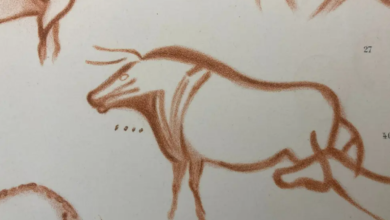Earth’s inner core may have started to spin in opposite direction, puzzling new discovery suggests

Earth’s solid inner core layer may have paused its rotation recently and started to spin in the opposite direction instead, according to a new study.
The research could further the understanding of how processes deep inside the planet affect its surface, including the length of a day, noted the study, published on Tuesday in the journal Nature Geoscience.
Previous research has found that the planet’s inner core is separated from the rest of the Earth by a liquid outer core, the magnetic field of which affects the inner layer’s rotation along with the gravitational effects of the mantle.
This has previously been inferred based on changes in the travel time between repeated seismic waves that should traverse the same path through the inner core, explained scientists, including those from Peking University in Beijing.
However, the speed of the inner core’s rotation, and whether it varies, has remained unclear.
Seismic waves from near-identical earthquakes that have passed through the Earth’s inner core along similar paths since the 1960s were assessed by researchers, including Yi Yang and Xiaodong Song, for the new study.
They particularly analysed the difference in the waveform and travel time of these quakes and found that since 2009, the paths of the seismic waves – that previously showed significant travel time variation – exhibited “little change”.
“Here we analyse repeated seismic waves from the early 1990s and show that all of the paths that previously showed significant temporal changes have exhibited little change over the past decade,” they wrote in the study.
The findings indicate that the Earth’s inner core rotation has paused.
This may be linked to a reversal of the inner core rotation as part of a seven-decade oscillation, indicating a “resonance system across different Earth layers”.
These variations are associated with changes in observations on the Earth’s surface, like the length of a day, according to the study.
“This multidecadal periodicity coincides with changes in several other geophysical observations, especially the length of day and magnetic field,” they noted.
The new findings also throw new light on the interaction between different layers of the Earth.
“These observations provide evidence for dynamic interactions between the Earth’s layers, from the deepest interior to the surface,” scientists said in the study.
A previous such turning point had occurred in the early 1970s, according to them.





